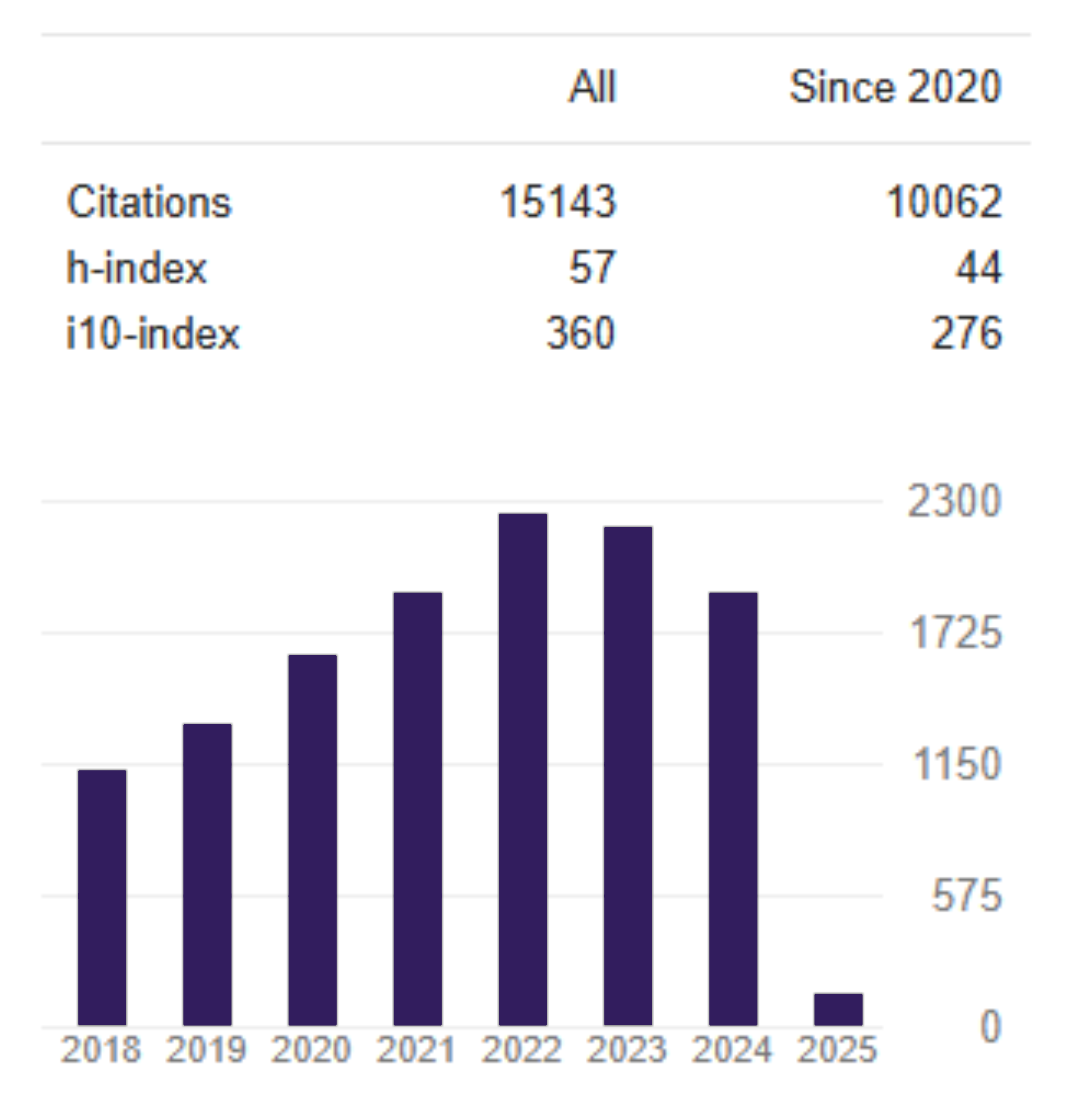MEASURING EFFICIENCY AS INTERMEDIATION APPROACH BETWEEN CONVENTIONAL AND SHARIA BANKS IN INDONESIA
DOI:
https://doi.org/10.26905/jkdp.v14i3.991Keywords:
financial intermediary, alternative profit efficiency, conventional bank, Islamic bank.Abstract
As a financial intermediary, a bank accepted deposits and channels loans. However, the loans disbursed bybank were hard to be liquidated compared to deposits which were easier to be liquidated. If the asset sidefluctuates, customers would take their deposit away and create a bank run. On the other side, Islamic Bankused profit and loss sharing pattern to their loans and deposits. With this pattern, Islamic bank’s cost offunds was a function of their asset. With this pattern, there are possibilities that Islamic Banks’ revenuewould fluctuate more compared to conventional banks that were based on interest. The purpose of thisresearch was to compare the efficiency between Islamic banks and conventional banks without trying tolook whether the cause of inefficiency was able to be allocated or technical inefficiency. To measure efficiency,we used De Young’s argument (1997), pooled leased square with intermediation approach andalternative profit efficiency model. The unit analysis in this research were commercial banks with 102conventional banks and 3 Islamic Banks that operated in Indonesia using their quarterly annual reportbetween 2002-2007. The finding from this research showed that 3 Islamic Banks were among the 20% mostefficient bank in Indonesia in doing intermediation function.Downloads
Download data is not yet available.
Downloads
Issue
Section
FINANCE AND BANKING
License

This work is licensed under a Creative Commons Attribution-ShareAlike 4.0 International License.



